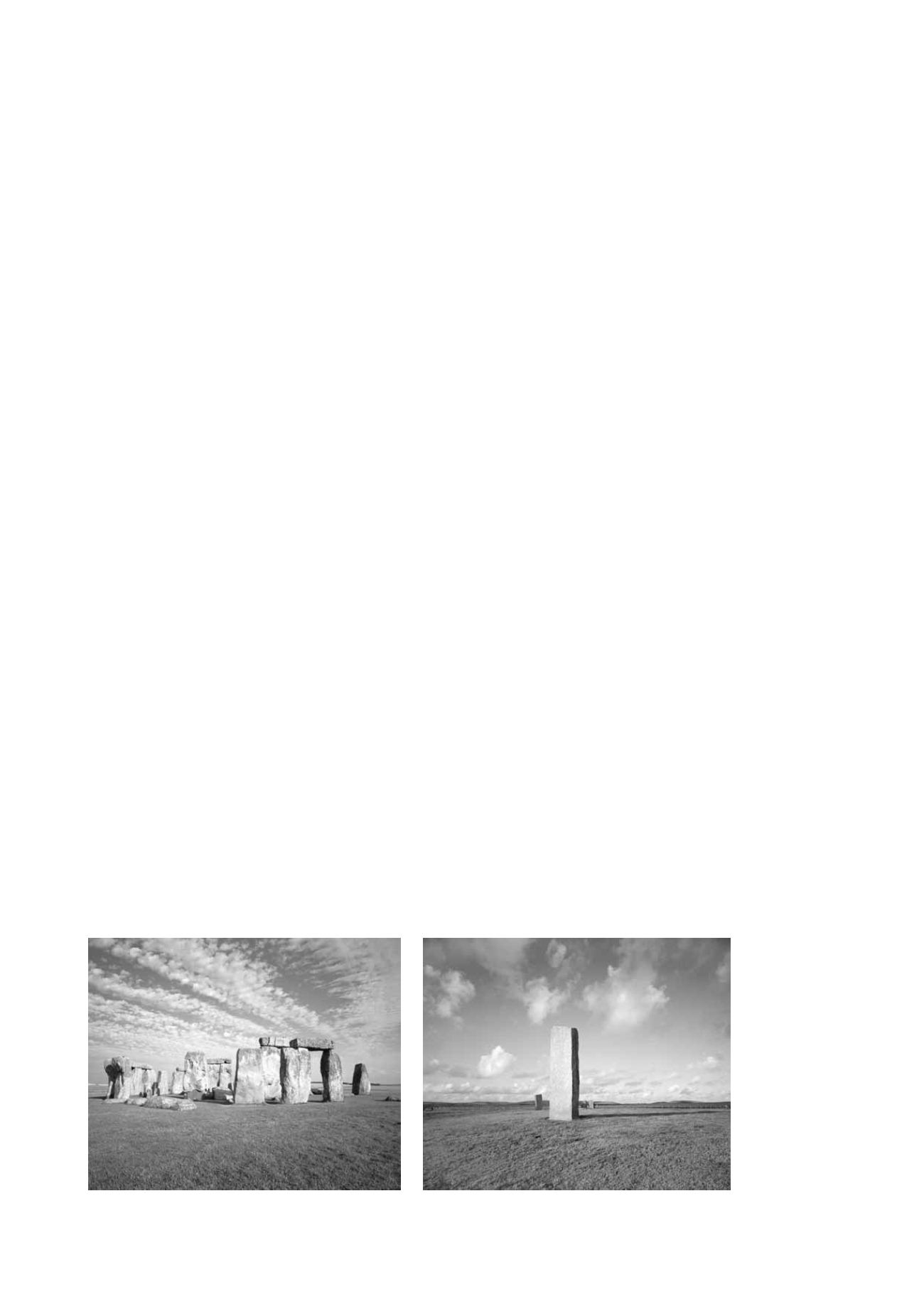
9
NL – Today in the art scene we encounter a lot of large-format photo-
graphs. In your opinion, to what extent does format convey meaning or
even content? How great a role does format play in your photography?
WL
– All my life I have unconsciously sought to exhibit photographs in
the largest format possible. But I was seldom willing to go to the trouble
of carrying such heavy camera equipment around with me. So I usually
used either my Canon or my Hasselblad cameras. Finally, with the com-
plete Mamiya 7.2 setup (6x7) I purchased, I found an acceptable compro-
mise. My positives from this camera can be reproduced in a hybrid
process and printed in top quality with a modern 8 colour pigment
printer in a maximum size of 130 x 111 cm. This format is large enough to
be viewed well anywhere, even with today’s large formats.
Then about five years ago I saw the work of the British photographer
Michael Kenna. His photographs all have a format of about 20 x 20 cm
and have mounts measuring about 40 x 50 cm. I experimented with
having my photographs presented in this format and discovered that
both the large and small format develop their effect depending on the
room in which the photographs are shown and the wall on which they
are hung. The smaller room demands a smaller picture, and the smaller
picture, when it is well-framed, appears more valuable than the large
picture. That is like the jewellery of a beautiful woman: A smaller
diamond can often have a disproportionately greater effect. Kenna’s pho-
tographs are like such diamonds in small format.
Basically, the format selected has something to do with the character and
wisdom of the photographer and the subjects he tends to choose. Of
course, the masses of people in Andreas Gursky’s photographs or the
library pictures of Candida Höfer have more effect in a large format than
in 20 x 20 cm, and for Manfred Kage’s radiolaria, a format of 4 x 3 Meter
perhaps seems out of place in normal exhibition spaces. In MOMA, by
contrast, it would have to be considered whether the larger format might
be meaningful even for microphotography. The small format also allows
you to hold the photographs in your hand, for instance when selecting
photographs. You can hold them at arm’s length, the right distance for
looking at them.
That is a serious advantage over the large format photograph, which has
to be laboriously mounted in order to show it. Most collectors of photo-
graphs tend to collect relatively small formats, and this explains why
Michael Kenna’s photographs are shown in at least two exhibitions every
12 -Win Labuda,
Stonehenge III
13 -Win Labuda,
Stones of Stennes III


